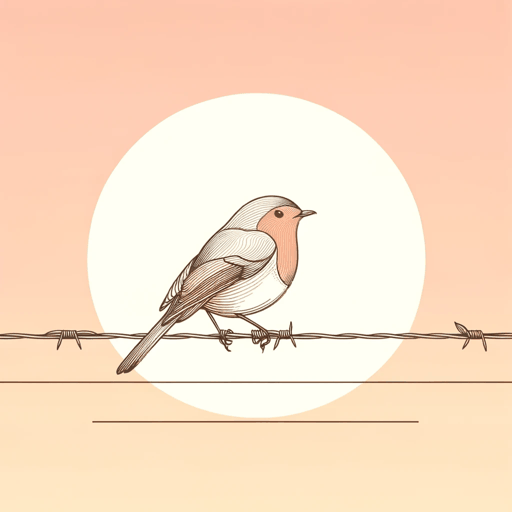19 pages • 38 minutes read
Sara TeasdaleThere Will Come Soft Rains
Fiction | Poem | Adult | Published in 1918A modern alternative to SparkNotes and CliffsNotes, SuperSummary offers high-quality Study Guides with detailed chapter summaries and analysis of major themes, characters, and more.
Symbols & Motifs
Spring
In the poem, the seasons edge into spring, which is freighted with symbolic suggestion. Spring symbolizes nature’s heroic persistence, its resistance to accepting its own annihilation.
Personified as maternal and loving, spring reveals the dead world of winter is only a phase—a movement-into something fertile, green, lush. Spring symbolizes nature’s rebirth, its renewal into the reassurance of continuity. Indeed, the poem aligns spring with the dawn—both are powerful symbols of nature’s commitment to its own revival and its concomitant indifference to humanity. Directed to a culture anxious about its own long-term viability and vulnerable to the dark implications of death, the poem uses spring to provide tempered optimism that if, humanity teeters off to its self-destruction as it seems compelled to do, nature will endure and spring will return. Against the wholesale slaughter and indiscriminate carnage of humanity’s gruesome wars, spring promises the busyness of creation and restoration, a natural world finally and happily free of humanity’s urge to destroy: “Spring herself […] / Would scarcely know that we were gone” (Lines 11-12).
The Low Fence-Wire
The low fence-wire upon which the robins perch while “whistling their whims” (Line 6) introduces the sobering presence of humanity into what is otherwise a bucolic landscape.

